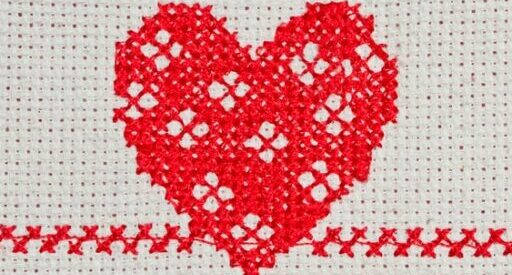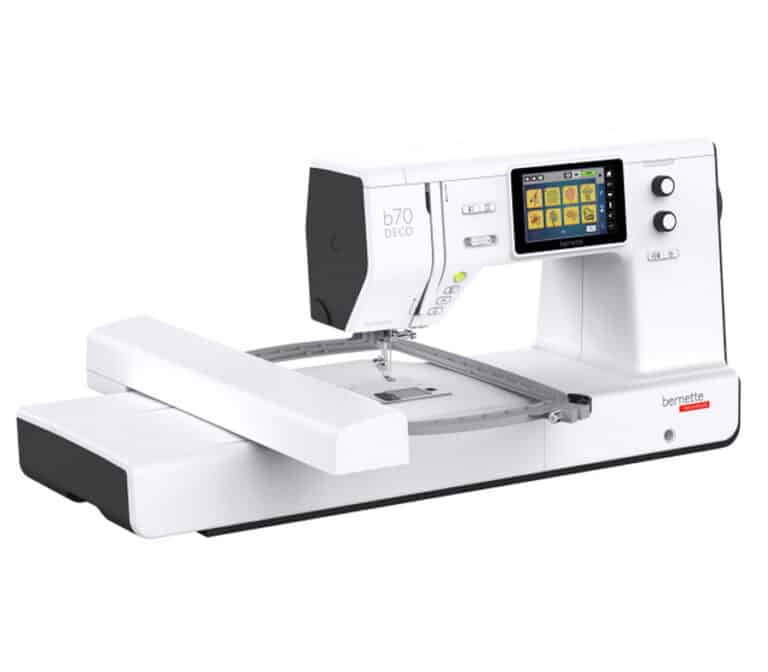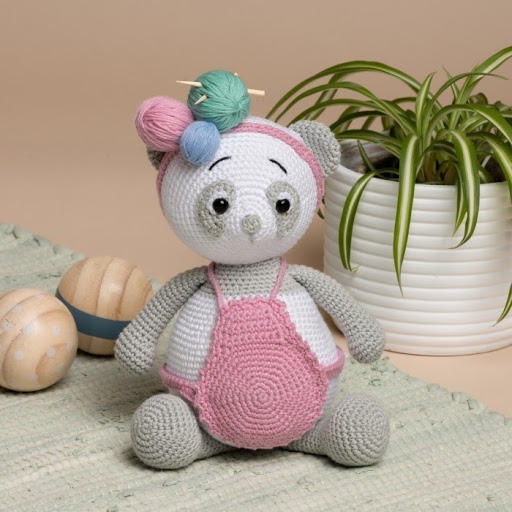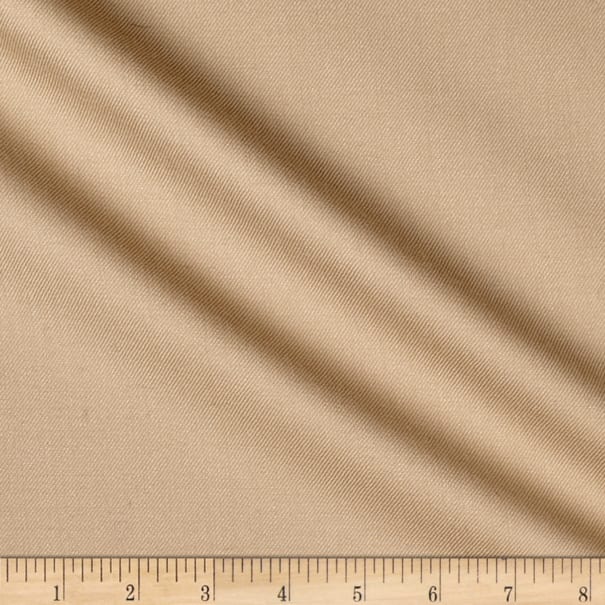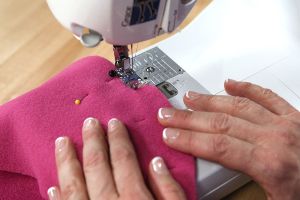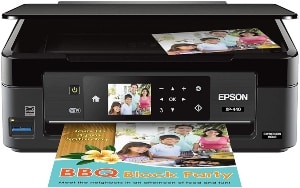What Are Some Creative Quilting Patterns for Beginners?
If you’re new to the world of quilting, you may be wondering how to create stunning patterns without feeling overwhelmed. Luckily, there are plenty of creative quilting patterns that are perfect for beginners like yourself.
From simple squares and strips to more intricate designs, there are numerous options for you to explore. Whether you prefer a traditional aesthetic or want to try something more modern, there’s a pattern that will suit your style. In this blog post, we’ll explore some beginner-friendly quilting patterns that will inspire you to embark on your quilting journey with confidence.
Table of Contents
Key Takeaways:
- Simple geometric designs: Beginners should start with simple geometric designs such as squares, rectangles, and triangles. These patterns are easy to piece together and create visually pleasing quilts.
- Log cabin quilt pattern: The log cabin pattern is another great option for beginners, as it involves sewing strips of fabric around a center square to create a block. This pattern allows for endless variations and creativity.
- Herringbone pattern: The herringbone pattern is a modern and stylish option for beginners. By sewing rectangular pieces of fabric together at an angle, this pattern creates a striking design that is surprisingly easy to achieve.

Essential Tools for Beginner Quilters
Some essential tools and supplies are necessary for you to start your quilting journey and create beautiful patterns. Getting the right tools will make your beginner quilting experience much more enjoyable and efficient. Here are some of the must-have items that you will need to begin your quilting projects.
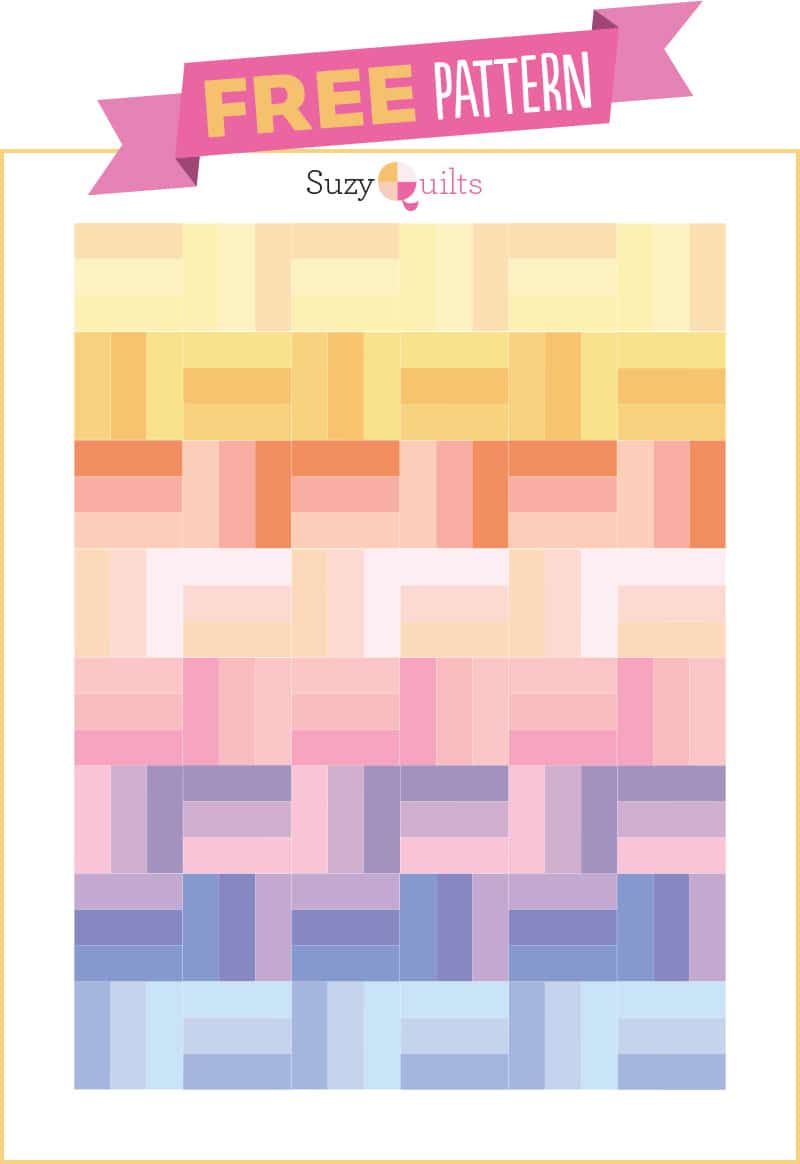
Basic Quilting Supplies
When starting out as a beginner quilter, there are a few basic supplies that you will need to get started. These include a cutting mat, rotary cutter, quilting ruler, fabric scissors, seam ripper, and marking pencils.
These supplies will help you measure and cut your fabric with precision, as well as assist you in creating straight, even seams. Having the right tools will make the process of quilting more efficient and enjoyable.
Setting Up Your Quilting Workspace
Creating a comfortable and functional quilting workspace is essential for beginner quilters. You should designate an area in your home where you can set up your sewing machine, cutting mat, and other tools.
Make sure to have proper lighting and a comfortable chair to sit in as you work on your quilting projects. Having a dedicated space for quilting will help you stay organized and focused, allowing you to fully immerse yourself in your creative process.
Quilting Basics
Not sure where to start with quilting? This guide will cover the basics to help you get started on your quilting journey. From understanding quilting terminology to preparing fabrics and cutting techniques, you will learn the fundamentals of quilting.
Understanding Quilting Terminology
When you start quilting, you may come across terminology that can be confusing at first. Terms like blocks, sashing, and binding may seem overwhelming, but they are essential to creating a beautiful quilt.
Blocks refer to the individual units that make up the quilt top, sashing is the strips of fabric that separate the blocks, and binding is the fabric that covers the raw edges of the quilt. As you continue to learn and explore different quilting patterns, understanding these terms will help you follow instructions and create stunning quilts.
Preparing Fabrics and Cutting Techniques
Before you start quilting, it’s important to properly prepare your fabrics and master cutting techniques. This involves prewashing your fabrics to prevent shrinkage and using a sharp rotary cutter and ruler to ensure accurate and precise cuts.
Make sure to measure and cut your fabric pieces according to the pattern instructions to achieve the desired outcome. Properly preparing your fabrics and mastering cutting techniques will set the foundation for a successful quilting project.
Beginner-Friendly Quilting Patterns
After learning the basics of quilting, it’s time to start exploring different patterns that are beginner-friendly. These patterns are great for honing your skills and gaining confidence in your quilting abilities. From simple designs to more intricate ones, there are plenty of options to choose from. In this chapter, we will explore two popular beginner-friendly quilting patterns that you can try out for your next quilting project.
The Nine-Patch Pattern
If you’re new to quilting, the nine-patch pattern is a great place to start. This pattern is made up of nine equally-sized squares, arranged in a grid of three rows and three columns. You can mix and match different fabrics to create a unique look for your quilt.
The nine-patch pattern is versatile and can be as simple or as complex as you want it to be. It’s a great way to practice your cutting and piecing skills, and you can use it to create a beautiful, timeless quilt that you can cherish for years to come.
The Rail Fence Design
The rail fence design is another beginner-friendly quilting pattern that you can try out. This pattern is made up of strips of fabric that are arranged in a crisscross or “rail fence” pattern. It’s a great way to experiment with different fabric combinations and create a visually stunning quilt.
The rail fence design is also a great way to practice your sewing and pressing skills, as precision is key when working with strips of fabric. You can create different looks by varying the width and color of the fabric strips, allowing you to unleash your creativity and make a quilt that is uniquely yours.
Building Your Quilting Skills
For beginner quilters, building your quilting skills is an essential part of mastering the craft. As you continue your journey in quilting, you will learn new techniques and develop your own unique style. Here are some tips to help you improve your quilting technique and experiment with color and texture.
Tips for Improving Your Technique
When it comes to improving your quilting technique, practice is essential. The more you quilt, the better you will become. Take the time to master the basic quilting stitches such as the running stitch, backstitch, and whipstitch. You can also use quilting templates and rulers to ensure your piecing and quilting lines are straight and accurate. Another tip is to invest in quality quilting tools and equipment such as rotary cutters, cutting mats, and rulers. Lastly, don’t be afraid to ask for help or take a quilting class to learn from experienced quilters.
- Master the basic quilting stitches
- Use quilting templates and rulers
- Invest in quality quilting tools and equipment
- Learn from experienced quilters
Recognizing and addressing your weaknesses is an important part of improving your quilting technique.
Experimenting with Color and Texture
Color and texture play a crucial role in quilting. As you progress in your quilting journey, you can experiment with different color combinations and various types of fabrics to add depth and visual interest to your quilts. Try mixing prints and solids, or incorporating textured fabrics such as cotton, linen, or velvet into your quilting projects. Don’t be afraid to step out of your comfort zone and explore new color palettes and textures to create truly unique and stunning quilts.
What Are Some Creative Quilting Patterns for Beginners?
On the whole, exploring creative quilting patterns as a beginner can be a fun and rewarding endeavor. By starting with simple patterns such as the Rail Fence or Nine Patch, you can build your skills and confidence in quilting. As you progress, you can branch out to more intricate patterns like the Log Cabin or the Flying Geese.
Remember to take your time and practice patience as you work on perfecting your quilting techniques. With dedication and a willingness to learn, you can create beautiful and unique quilts that showcase your creativity and flair. Don’t be afraid to experiment and try new patterns – you may just discover your own unique quilting style along the way.
FAQ
Q: What Are Some Creative Quilting Patterns for Beginners?
A: As a beginner quilter, some creative quilting patterns to start with include basic square and rectangle patterns, simple strip quilts, and easy patchwork designs. These patterns are great for building foundational quilting skills and can be personalized with different fabric choices.
Q: Are There Any Recommended Quilting Patterns for Skill-Building?
A: Yes, for beginners looking to improve their quilting skills, it’s recommended to try patterns that incorporate techniques such as half-square triangles, flying geese, and simple appliqué. These patterns provide opportunities to practice precision and accuracy in quilting.
Q: What Are Some Fun and Unique Quilting Patterns for Beginners to Try?
A: For beginners wanting to explore more unique and fun quilting patterns, options like improv quilting, modern geometric designs, and small-scale projects such as mug rugs or table runners can be enjoyable and engaging. These patterns offer room for creativity and experimentation while still being manageable for beginners.
